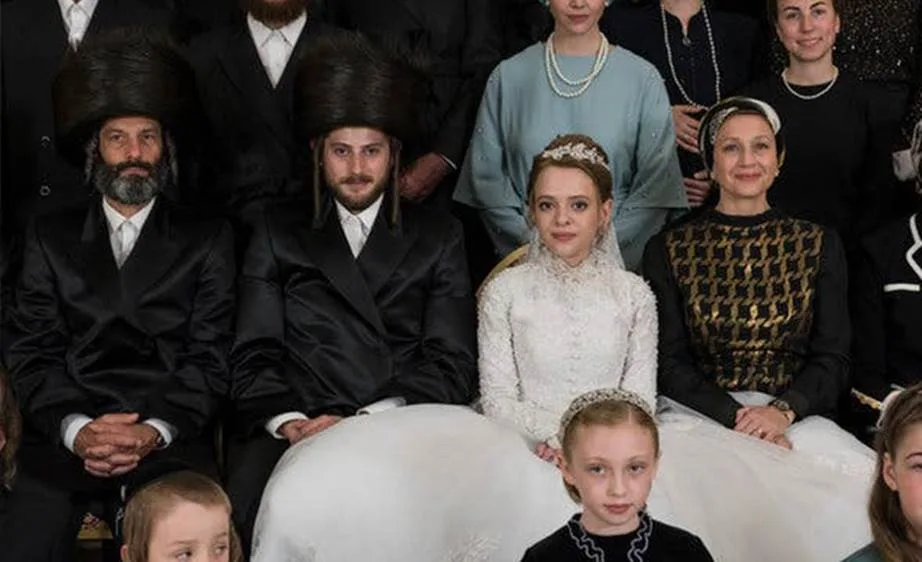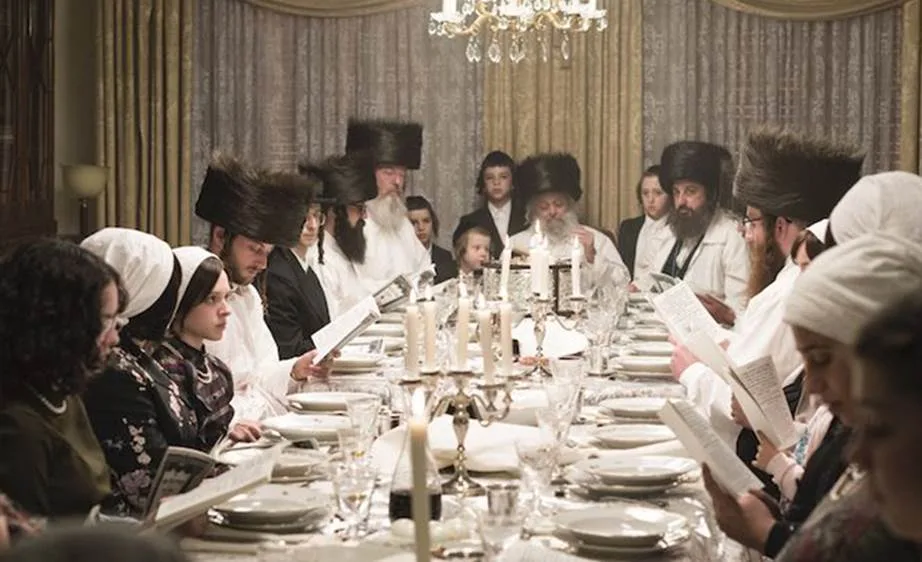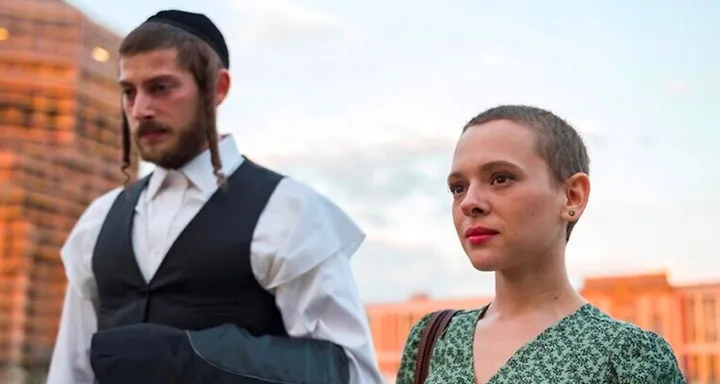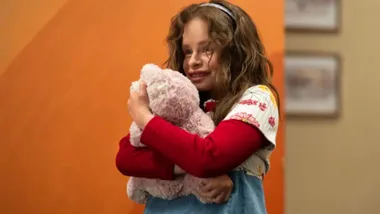WARNING: This article contains spoilers for Netflix’s Unorthodox.
With quality television at the forefront of everyone’s mind right now, Unorthodox on Netflix has come at exactly the right time.
Netflix’s four-part mini series follows the journey of 19-year-old Esther Shapiro as she escapes her strict, religious community in Brooklyn and flees to a secular, independent life in Berlin. An emotional roller coaster, the series certainly keeps you on your toes.
While some true stories strictly adhere to remaining factual, sometimes artistic license is important to creating suspense and intrigue while keeping the narrative true to the real-life story.
Much like recent blockbusters Bombshell and Hustlers, Unorthodox is directly inspired by a true story. Author Deborah Feldman documented her escape from the Satmar community in Williamsburg, New York—a group of ultra-Orthodox Jews—in her best-selling novel Unorthodox: The Scandalous Rejection of My Hasidic Roots, which provided the narrative framework for the show.
In the 20-minute feature Making Unorthodox, the author admits to working closely in its creation, specifically ensuring that the real story differs from the story we see on screen.
In an interview with The New York Times, Feldman discusses what it was like to see her life adapted into a Netflix television show.
“It’s scary to give someone your story for the screen because you can’t control it. On the other hand, I knew I didn’t want a part in controlling it,” she admitted. “We had a lot of discussions about when can you sacrifice accuracy and when not. We agreed you can sacrifice accuracy as long as it doesn’t impact the narrative.”
Here are five differences between the mini-series and the real-life moments that inspired it.
The names of the characters differ to their real-life counterparts.

One major difference between the series and the novel are the names of each character. As the series is merely inspired by Feldman’s novel, the names were changed to refrain from becoming too biographical.
At age 17, Feldman was in a loveless marriage.

Feldman was arranged to marry Eli, a Talmud scholar that she had only met twice before, for a total of 30 minutes. She then gave birth to their son at the age of 19.
However, the series differs slightly. Esty is expected to wed a fellow member of her community, Yanky. Once Esty discovers that she is pregnant, she plans her escape.
Unorthodox leaves out the important elements of Feldman’s life in an Orthodox Jewish community.

Feldman was brought up in the insular community’s strict guidelines, that decided everything from what she wore to where she went.
“When you’re watching the series, you don’t really meet anyone far beyond Esty’s family. The community is there in the background, but it never confronts you. You have a rabbi, but you don’t see her in school, you don’t see anyone in the synagogue,” Feldman says.
“It’s not about explaining the world in which the story takes place. It’s just about the story itself.”
Unlike Esty, Feldman did not head straight to Berlin after leaving the Satmar community

The biggest difference between Feldman’s life and the series, are their timelines. In Unorthodox, Esty immediately moves to Berlin. Where she attempts to reconnect with her mother while her husband travels to Germany to find her and bring her home.
In the real life story, Feldman’s journey began gradually in 2006, when she started taking classes at Sarah Lawrence College. With the support of her college friends and faculty, she left her husband on the eve of her twenty-third birthday. Feldman didn’t move to Berlin until the release of her second novel.
Feldman had dreams of becoming a writer, whereas Esty is a promising piano player.

In Unorthodox, Esty begins to learn the piano from a sympathetic teacher. Like her grandmother who secretly loves music, she falls in love with the instrument. As Esty grows close to a group of music students in Berlin, she decides to apply for a scholarship at the same academy, in hopes of finally doing what she loves.
However, Feldman was never drawn to music. Instead, she had always aspired to become a writer. She convinced her husband to let her take business classes at Sarah Lawrence College, but enrolled in a philosophy course instead.










